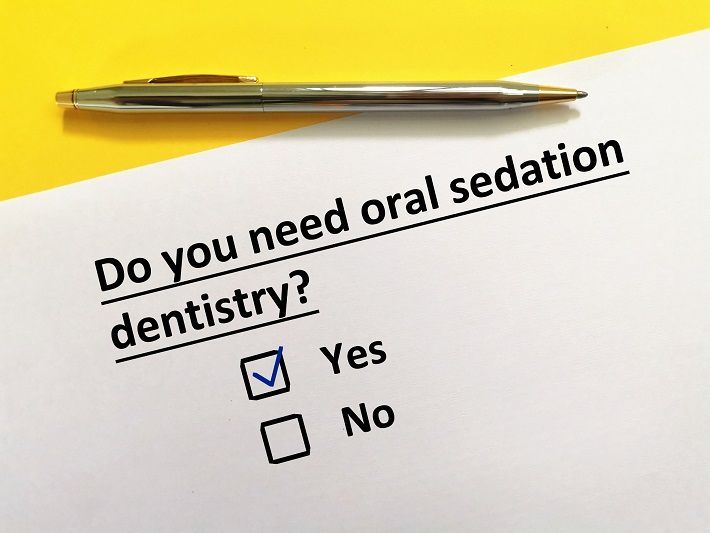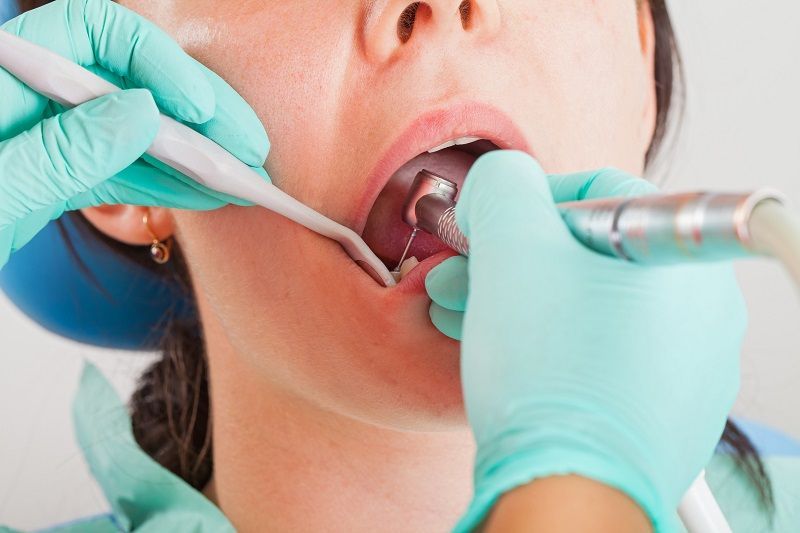The Most Common Forms of Sedation

Surgical interventions are invasive and can only be performed if the patient undergoes a certain level of sedation. The level of the sedation is decided based on many considerations, including the complexity of the intervention and the patient’s preferences – here are the most common types that sedation dentistry doctors and patients can choose from :
-Sedation with nitrous oxide – the odorless gas induces mild sedation, therefore it is mainly used to help patients suffering from anxiety or fear from the procedure, such as dental treatments;
-Conscious sedation administered orally – doctors can also use tablets to induce mild to moderate sedation during which the patient stays conscious, but is relaxed and not suffering from anxiety and fear;
-IV sedation – intravenous sedation is common for procedures that are very uncomfortable, lengthy or painful. The patients who receive IV sedation fall asleep within a few minutes after having received the first small dose of sedative, then further, small doses are administered during the procedure to maintain the sedation. The patient will wake up soon after the administration of the sedative is stopped;
-General anesthesia – this method is the most commonly used for major interventions, but it is very demanding for the patient’s body, therefore follow-up monitoring and risk management is usually necessary.











